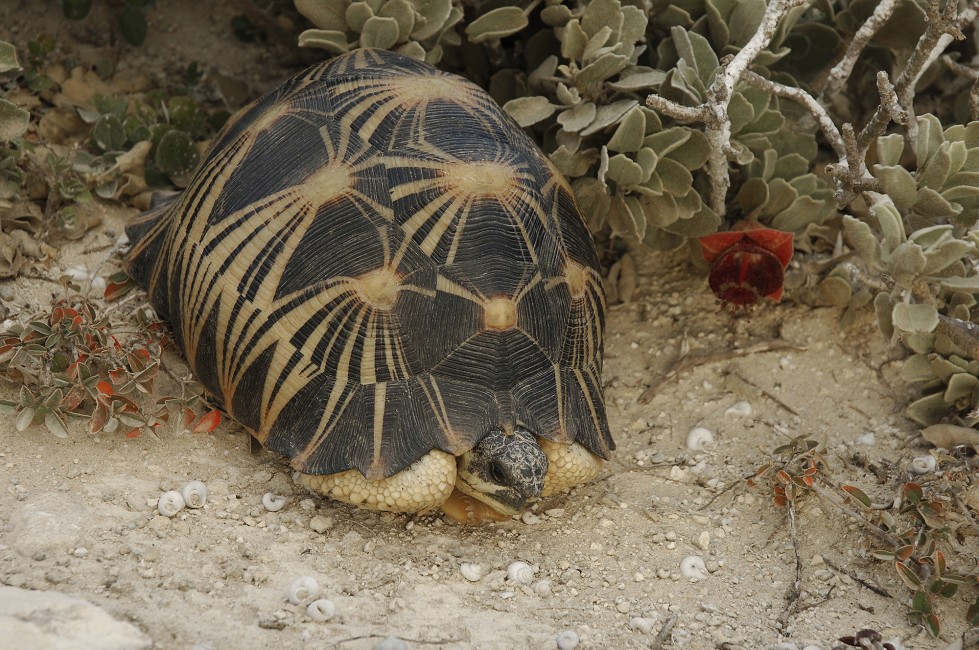
September 21, 2015
A Tortoise in Trouble
- as seen by -
 Julie Larsen
Julie Larsen
Towering walls of prickly pear cactus surround us as we bump along the dry, dusty, rut-filled roads in southwest Madagascar. The juicy, red fruit of the spiny plant stains the sides of our vehicle as we move through the thorny passage.
During our journey, we spot a brown bump that looks as if a bowling ball has rolled to a stop in the sand.
And then it moves.
A radiated tortoise, Astrochelys radiata, raises its head to look at us, its mouth all crimson and sticky like it has applied lipstick without a mirror. It has been snacking on a prickly pear, one of its favorite foods.
Radiated tortoises travel the same roads as we do making them easy prey for poachers. The tortoises are caught and sold for food, and juvenile tortoises are targeted for the pet trade. They also suffer widespread habitat loss due to the burning of forests for charcoal production and land clearing for agriculture. Their numbers have plummeted to the status of “critically endangered” on the IUCN Red List of Threatened Species. While there are approximately one million of these tortoises in the wild, abundance is no guarantee of survival. If current rates of poaching continue, total collapse of the population is imminent.
Taking a stand against the illegal trafficking of radiated tortoises together with educating the public of their needs to survive will help to protect this tortoise in trouble.
Nikon D4
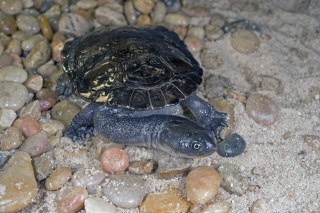
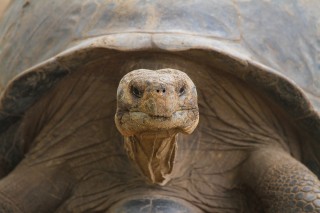
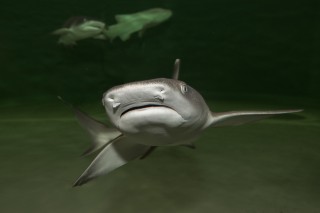
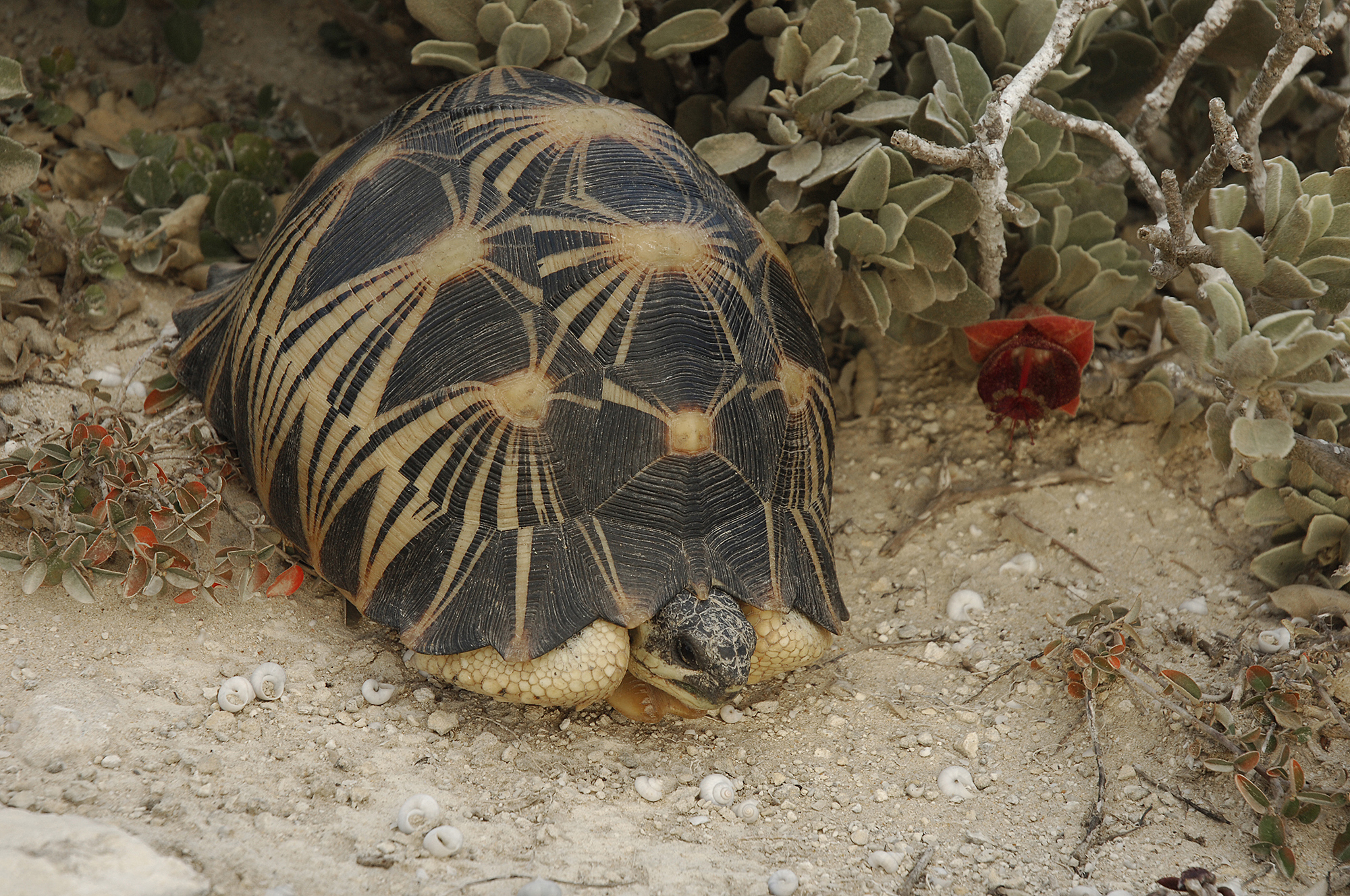
Leave a Comment